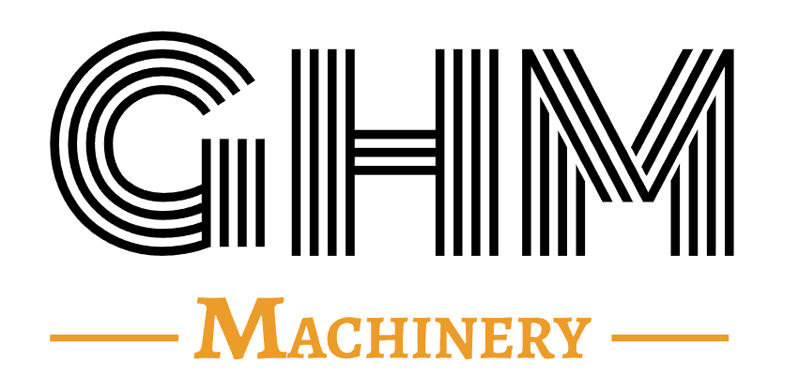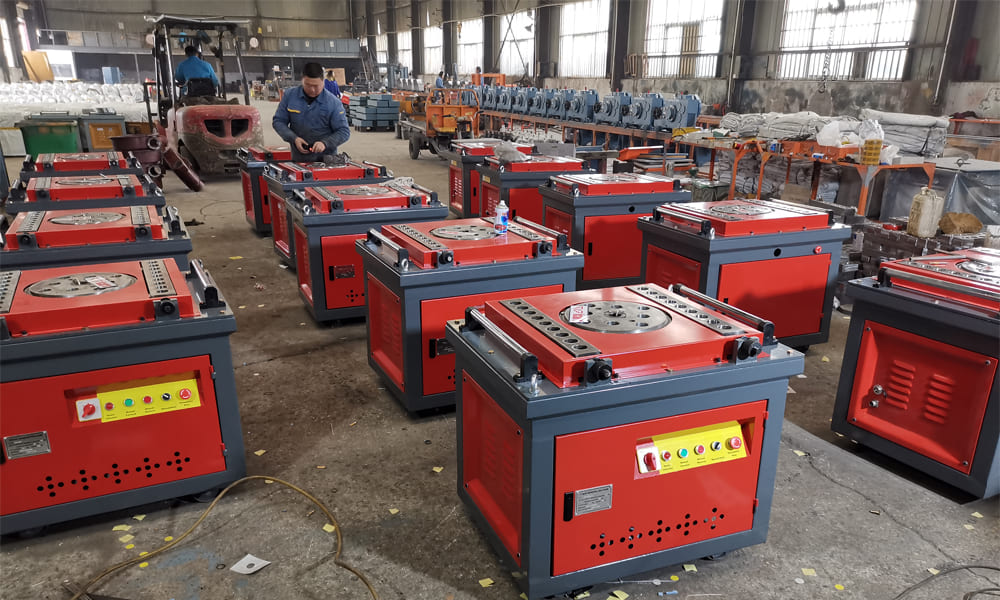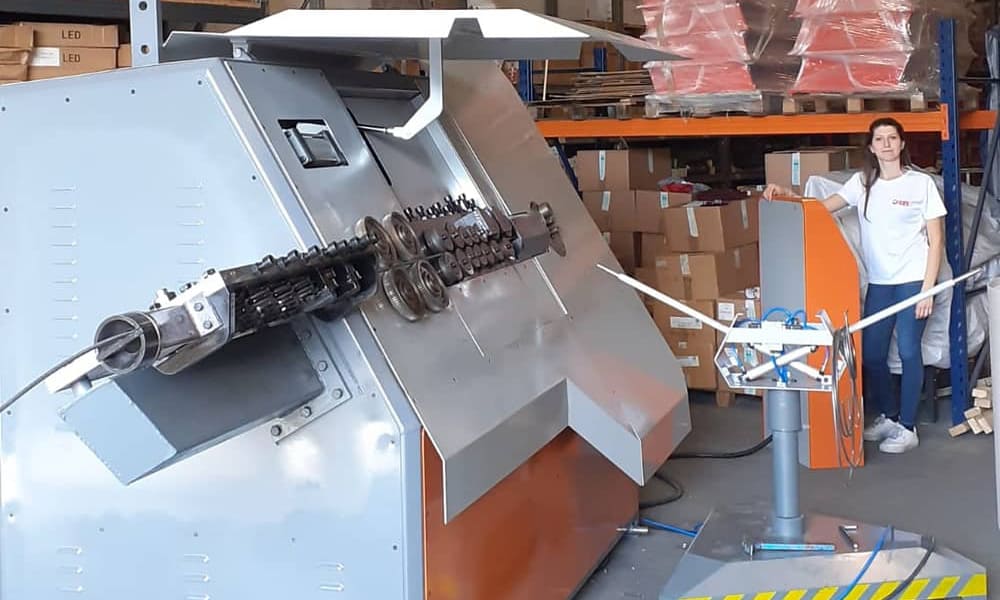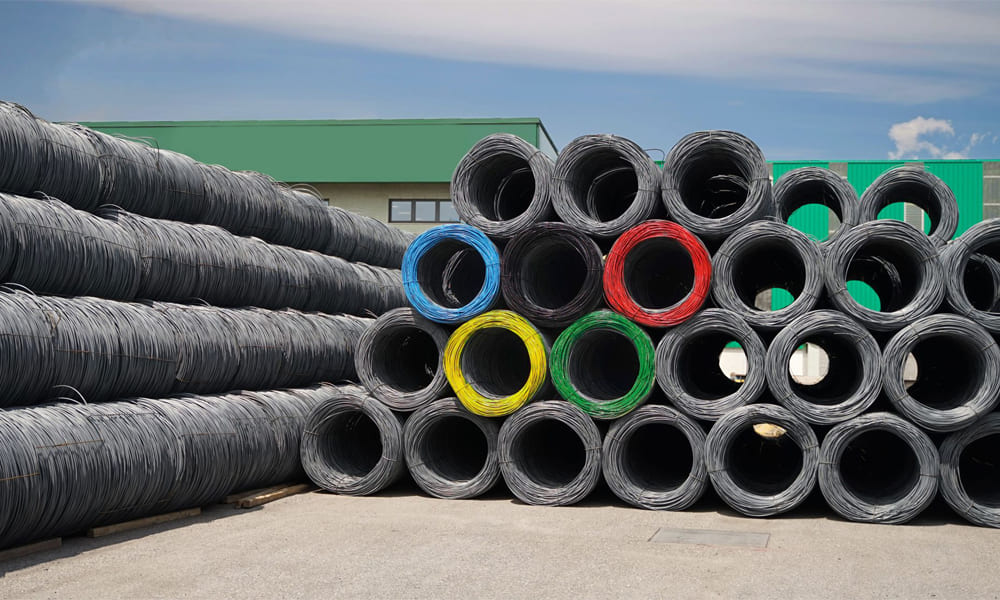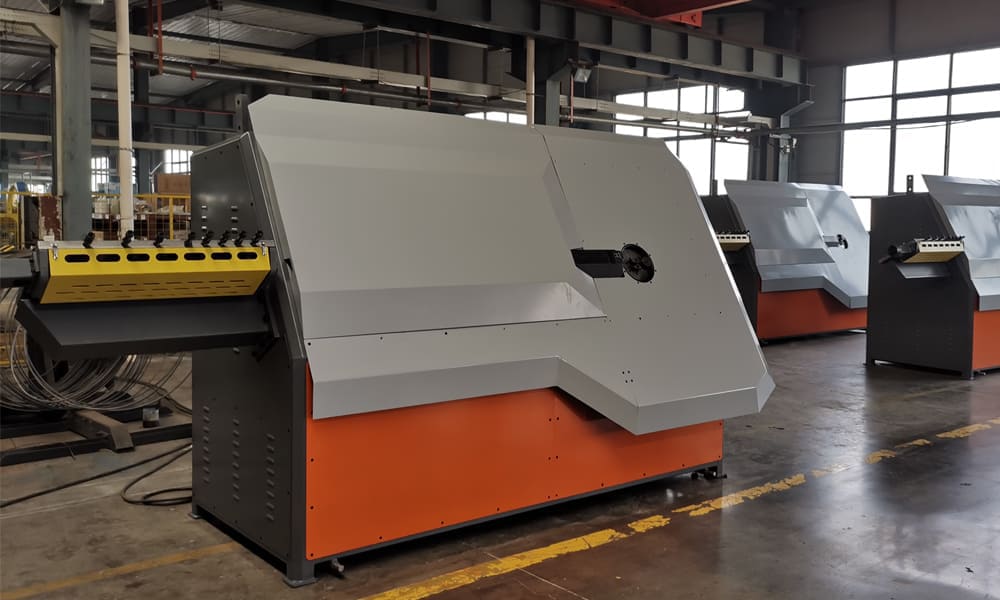Rebar Bending Equipment Types & Usage Guide
Rebar bending machines are essential equipment in construction sites and steel processing plants, designed to efficiently and precisely bend reinforcement bars to required angles. This guide covers common types of rebar benders and safe operating procedures to help you select the right equipment and use it properly.
I. Types of Rebar Bending Machines
1. Manual Rebar Bender
-
Features: Human-operated, simple structure, low cost.
-
Best for: Small-scale projects, temporary jobs, light bending tasks.
2. Electric Rebar Bender
-
Features: Motor-driven, higher efficiency, bends bars up to Φ6-Φ40mm.
-
Best for: Medium construction projects, rebar workshops.
3. Hydraulic Rebar Bender
-
Features: Hydraulic-powered, handles heavy-duty bending (Φ50mm+).
-
Best for: Large-scale construction, high-strength rebar processing.
4. CNC (Computerized) Rebar Bender
-
Features: Automated angle adjustment, high precision, ideal for mass production.
-
Best for: Precast concrete plants, large-volume rebar fabrication.
5. Portable Rebar Bender
-
Features: Lightweight, easy to transport for on-site flexibility.
-
Best for: Field adjustments and quick bending needs.
II. Step-by-Step Operating Guide
1. Pre-Operation Checks
✔ Inspect power/hydraulic systems.
✔ Ensure bending dies match rebar size.
✔ Lubricate moving parts to prevent jamming.
2. Safe Bending Procedure
-
Secure the rebar: Place it firmly in the bending die.
-
Set bending angle: Adjust stopper to desired angle (90°, 135°, etc.).
-
Start the machine: Apply gradual force (manual) or press the switch (electric/hydraulic).
-
Complete the bend: Remove rebar carefully to avoid springback.
3. Maintenance Tips
-
Clean regularly: Remove metal debris and dust.
-
Lubricate frequently: Apply grease to gears and bearings.
-
Inspect wear parts: Replace damaged dies or components promptly.
4. Critical Safety Rules
⚠ Never overload: Avoid bending beyond the machine’s capacity.
⚠ Wear PPE: Safety gloves and goggles are mandatory.
⚠ Emergency stop: Power off immediately if malfunction occurs.
III. Troubleshooting Common Issues
-
Problem: Inaccurate bending angles
→ Check for worn dies and recalibrate the angle stopper. -
Problem: Machine jamming
→ Clean and lubricate mechanical parts.
IV. Buying Recommendations
-
Small projects: Manual or portable benders.
-
High-volume work: Electric or CNC models.
-
Thick rebar (Φ50mm+): Hydraulic benders.
